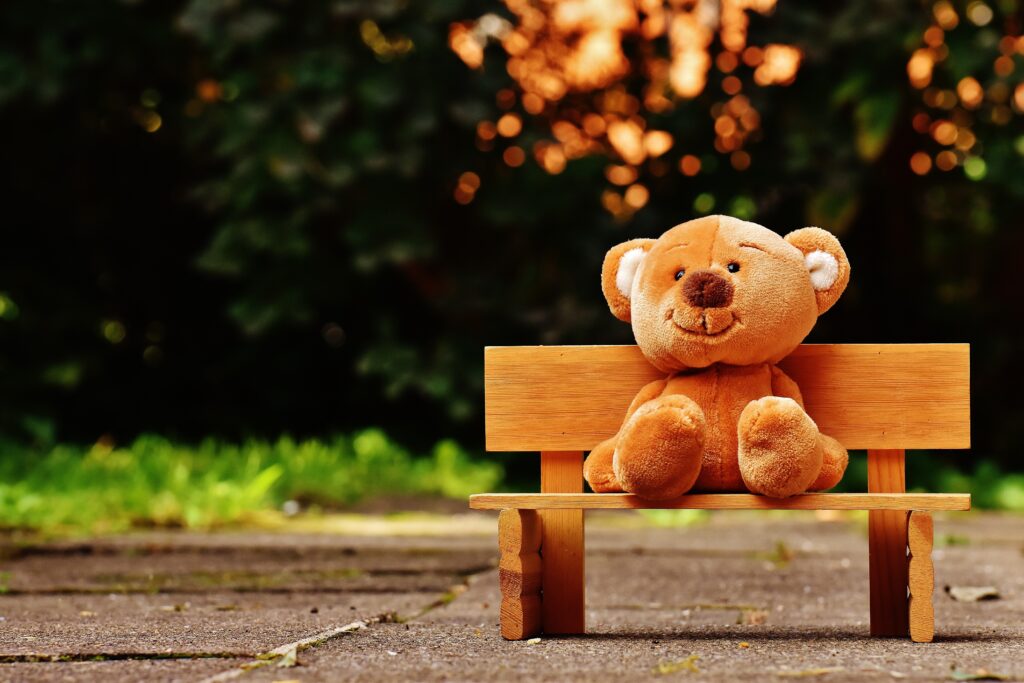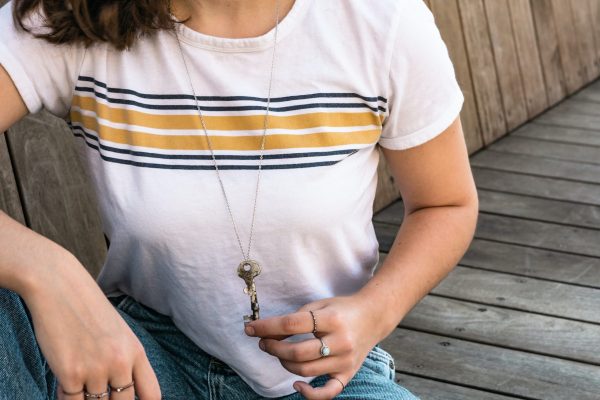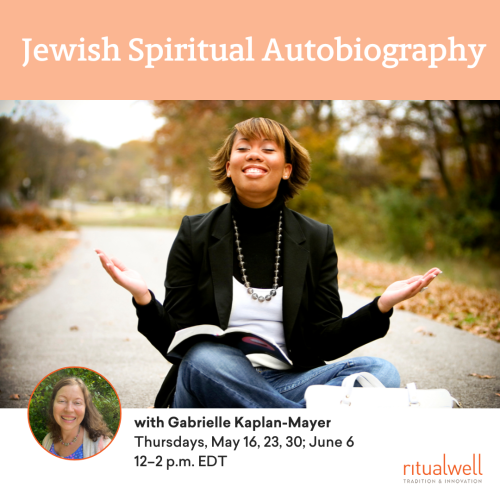The morning after, AdamAdam is the first human being created by God. Symbolizes: Creation, humankind. came to see me at the hospital. A couple of months shy of his sixth birthday, he crawled up in my bed next to me.
“Adam,” I said, “we have some very sad news. Your baby brother died last night.”
For a moment, we sat quietly as Adam tried to absorb what my husband and I were telling him.
Adam had been eagerly awaiting the birth of his baby brother. The night before, driving to the hospital with us while I was having contractions, he had asked, “Is it October? I want my baby brother to be born in October.” That’s when Adam had been born, and he had hoped that this would be the first of many things he would share with his brother.
But Adam’s brother was stillborn. Rather than tell him that night, we had decided to seek the advice of a psychologist in the morning and then talk with our son.
When Adam wants to talk, the psychologist advised, listen. Adults become so consumed in their grief that all too often they don’t listen to their children. And, the psychologist said, let Adam gain “closure.” Take Adam to the funeral so that he will know where his brother will be.
So, after telling Adam that his little brother had died, we listened.
How did he die? Where is he? Can I see him?
We had decided that we would stay together, as a family, this day. Adam needed us. And, we quickly discovered, we needed him, too. He learned from us that day and we from him. His blunt conversation was startling at times, but a helpful jolt of reality. At one point, dear friends who had been through similar tragedies approached our room with their ten-year-old son, Jared. “I have some very sad news for you,” Adam said to his young friend in the hallway. “My brother died.”
We found it was just as important for Adam to have a friend to talk with, to share his grief with, as it was for us adults. Jared listened to Adam when he wanted to talk and played when he didn’t. Adam spent the next day with his godparents and asked Jared to come to play with him.
That first night, at the hospital, we had another tough conversation. The next day, we would go to the cemetery to bury his little brother.
He had many questions and one special request: Can I give my brother my teddy bear?
At the cemetery, Adam sat quietly as the rabbi conducted the service. The rabbi read a note I had written and then asked Adam to place it on the casket. Adam lay down on the ground and placed the card on the casket. Then, without a word, he put his teddy bear into the vault.
Two men began to shovel dirt into the grave. Adam took a shovel and started to fill the grave. As the other men alternated, Adam continued, shoveling dirt until the grave was completely full. As some of the adults began to filter away from the grave site, Adam continued. Next, he took some cut roses he had brought from home and stood them in the dirt. “Mom,” he said, turning to me, “these roses don’t have roots. We need roses with roots.”
That afternoon, we went to a nursery and bought a rosebush—“roses with roots.” We returned to the cemetery, where Adam dug a hole and planted it. Then he placed a card atop it: “Welcome to my new baby brother, Adam.” He then asked us to take his picture by the flowers.
Later, I asked him why he had to fill the grave with dirt rather than allow the workers to do it. “Because he’s my brother.”
Adam was scheduled to return to school the next day, so I called ahead and talked to the director, telling her what Adam had been through, what he might tell other youngsters, and how he was behaving.
When he arrived, he was hugged and loved. The teachers, school director, parents, and children were wonderful.
“I want to tell the class why I’m sad,” he told his teacher. As the other children sat in a circle on the floor in front of him, he told them exactly what had happened. He told them about the tiny box they had put his brother in. “That box went into a bigger box. I put my teddy bear into the box because I didn’t want my brother to be alone.”
Then he explained how he helped fill the grave with dirt. “It was very hard work but I had to do it.” He told them about planting the roses without roots and planting the “roses with roots.”
“Where did the baby go?” one child asked. “To heaven,” he said.
“What part of the baby goes to heaven?” another child asked. Adam looked at the teacher with a wide-eyed look. She explained about the soul and told the children that God had chosen Adam’s baby brother to be one of God’s helpers. For Adam, that was extremely helpful, because being a helper at his school is a big honor.
“Did you cry?” another child asked. “No, I had to be strong for my mommy and daddy.”
Adam’s teacher made a special journal for him, a book with blank pages on which he can express his thoughts by drawing pictures. At the bottom of each page, we write what he wishes to say about each picture. In one picture, Adam’s brother is an angel in the sky with God, and he is on the ground. “I wish I could getA writ of divorce. Traditionally, only a man can grant his wife a get. Liberal Jews have amended this tradition, making divorce more egalitarian. a new baby brother,” his teacher wrote at the bottom of the page. In another, God is in the sky, and he and his little brother are on the ground. “I wish that my brother came back alive,” his teacher wrote.
Adam continued to deal with his brother’s death honestly. He asked us to buy a baby doll for him. He fed it, dressed it, and slept with it. He even reenacted the cemetery one day, pretending to bury the doll. Most of the time, he loved it, hugged it, and cared for it.
When I was a child, children were rarely included at funerals. Death was not discussed. The person who died just went away.
Our experience was a valuable lesson for me about the importance of allowing a child to work through grief. Adam is sad his brother died, but he knows he has a brother and where he is.













